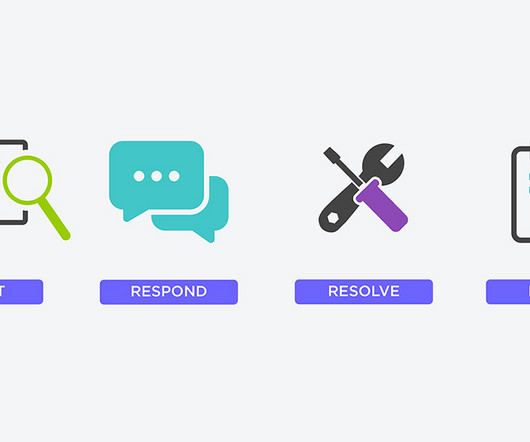Cloud-Native Applications: Principles, Benefits, and Best Practices
Altexsoft
SEPTEMBER 30, 2022
The cloud-native approach offers the best features, such as service meshes, immutable infrastructure, declarative APIs , microservices and containers. Microservices. Microservices is considered an architectural strategy capable of managing complex applications simply. Enhanced Business Continuity.















Let's personalize your content